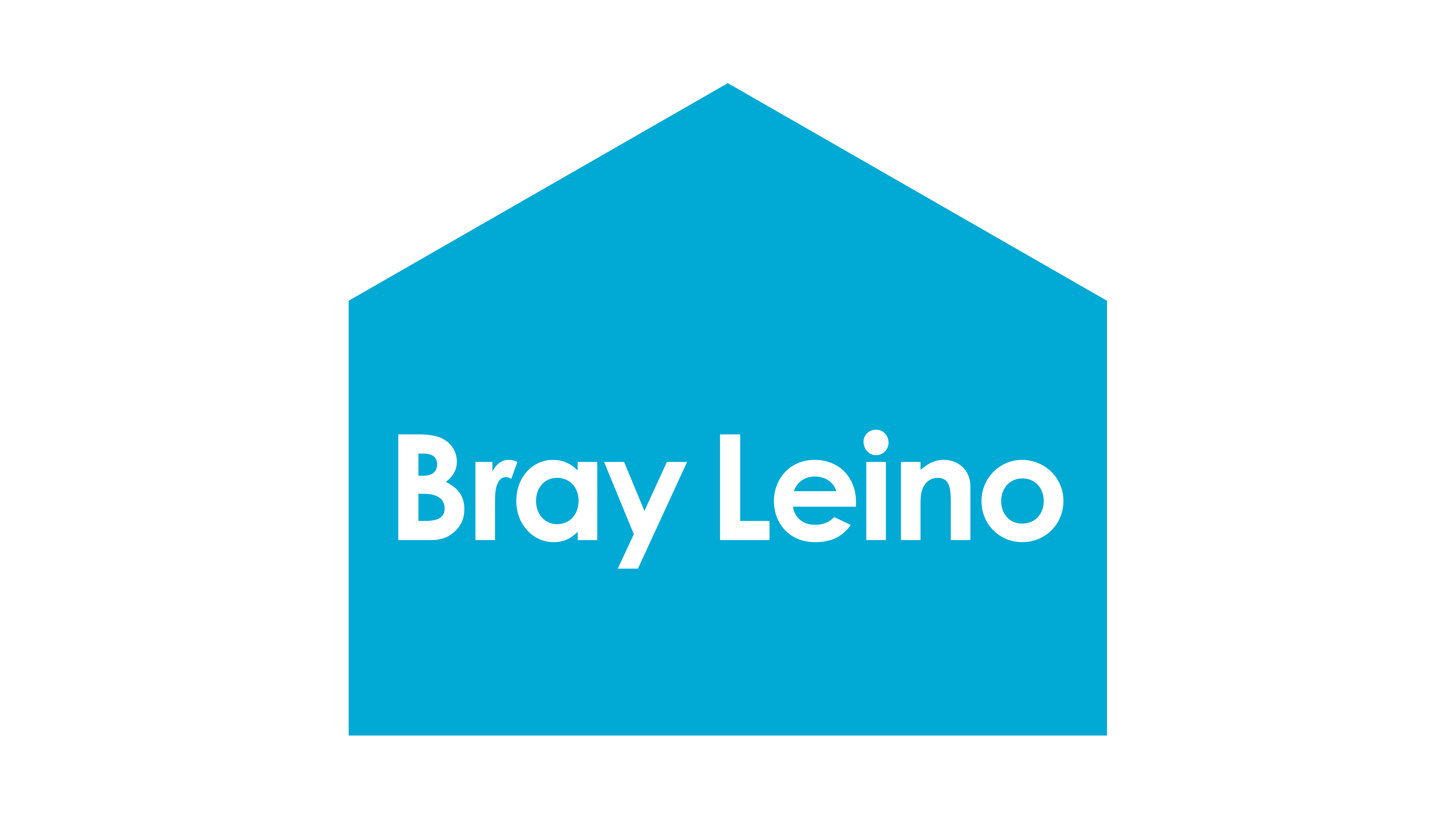body shaming
The ad industry needs to take a long look at itself
Sadiq Khan’s recent move to ban ads from the Tube that have ‘unrealistic body expectations’ has encountered widespread criticism from the advertising industry, some calling it a meaningless publicity stunt or the start of a slippery slope of politicised censorship.
When I was 14, I pretended to have a slight American accent, writes Bray Leino senior planner Ed Southerden. I thought it would make me seem more exotic and somehow sophisticated to my peers.
A guy we knew called Chris said that he and his dad used to drink cider all the time, yet strangely this connoisseur was violently sick when we finally got hold of some.
Claire’s mum apparently took her to London (imagine!) for her designer clothes; even then we suspected Salisbury’s branch of TK Maxx might have had a hand in it.
That was twenty years ago. I’m struck now by how naïve and optimistic we were back then. We could (for a brief school day) sustain a falsehood about who we were, be it someone cool, interesting or attractive.
Today’s young people don’t have that luxury.
Imagine living in the 24/7 glare of your own personal paparazzi media scrum; Instagram, Facebook, Snapchat etc... Nothing is forgotten. Nothing can be invented. That’s what it feels like if you’re a teen and your entire peer group is instantly connected via social media.
So while we used to invent exciting fantasy lives for ourselves, today’s teens have to try and make their fantasy the reality. And obviously this is impossible.
This unachievable attempt to project a perfected self-image is contributing to catastrophic problems of body image , mental health and self-harm amongst the youth of today.
If you’re a brand targeting consumers within this pressure cooker of self-branding, there appear to be two logical paths to take: Ride the pervasive wave of narcissism, or do something different; something positive.
The former route – the Beach Body Ready strategy, the Dolce and Gabbana strategy, the Saint Laurent strategy, often feels like the default setting of the industry and has undoubtedly proved effective.
But in the long-run it will prove counterproductive. Young people are getting wise to it; realising that the promise of these brands are hollow – what they are offering is unachievable. Never a good strategy.
I believe the brands that offer relief from the pressure of perfection, resolving the tensions of the new control-seeking teen, are the ones that are likely to thrive in the long term.
Be it the body confidence of Dove; the Find Your Magic of Axe, or indeed Bray Leino client Freederm, a leading spot treatment which offers you the freedom to be yourself, instead of selling an idea of unobtainable perfection.
Recognising and responding to an unmet need is the sign of a sustainable and effective brand; in this case responding with a crucial reassurance that it’s ok to be yourself, rather than offering a photoshopped ideal that contributes to the unhappiness of a generation of young people.
So rather than winging about Sadiq Khan’s ‘censorship’, we as an industry need do some proper thinking about how to present our brands as a resolution to these tensions, rather than a reinforcement of them. It’s the right thing to, call it brand social responsibility; and it’s also the smart thing to do.
Edd Southerden is a senior planner at Bray Leino. This article first appeared on TheDrum.com.
